Facility introduction
- President's message
- Assessment policy
- Objectives related to human resource development and other educational and research objectives/educational goals/three policies
- Founding spirit
- Various policies
- Rissho University episodes
- Introduction of past presidents
- university brand
- academic organization
- Administrative organization
- Facility introduction
- Public relations magazine
- FD (Faculty Development)
- university evaluation
5 minutes walk from Osaki and Gotanda stations on the Yamanote Line. The Shinagawa campus is located in the new city center with a rich educational and research environment, and the Kumagaya campus is a vast 350,000 square meter site that harmonizes with the lush suburban nature and state-of-the-art facilities. Faculty are located to take advantage of regional characteristics.
Shinagawa campus
5 minutes walk from Osaki and Gotanda stations on the Yamanote Line. The Shinagawa/Osaki district is a sub-center of Tokyo and is full of the spirit of the times. Shinagawa campus has excellent transportation access. We have the best environment for learning, including IT facilities such as the Academic Information Center. We are also promoting eco-campuses, including the Clean Campus Declaration, which began in 2001.
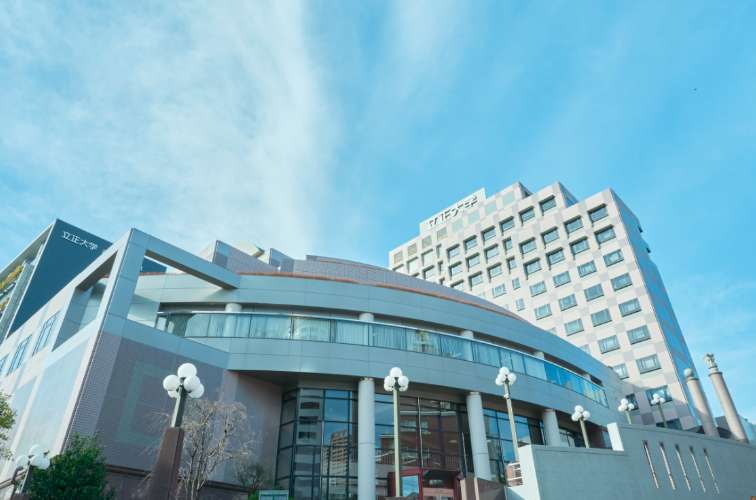
From the main gate of Shinagawa campus
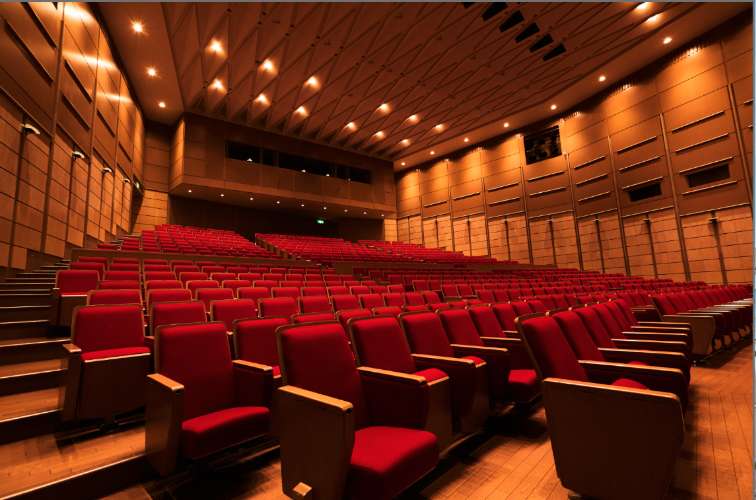
Ishibashi Tanzan Memorial Auditorium
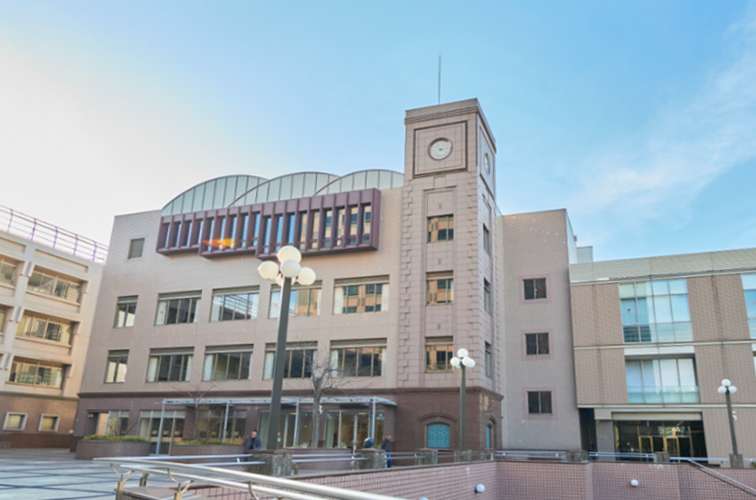
Building 3 classroom building
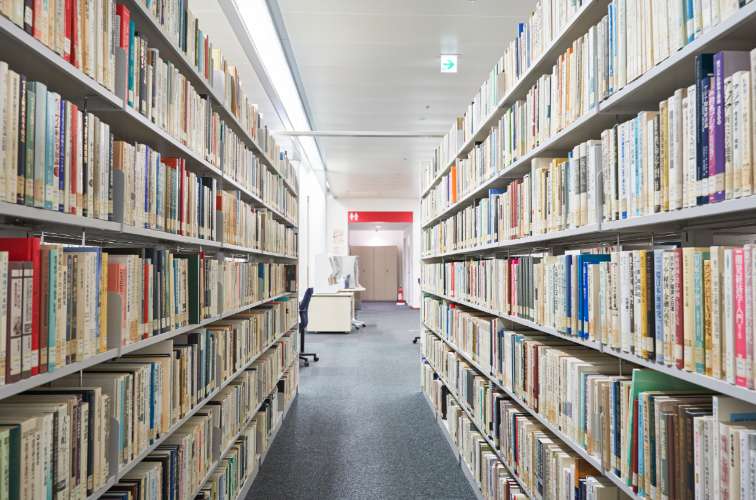
Shinagawa Library
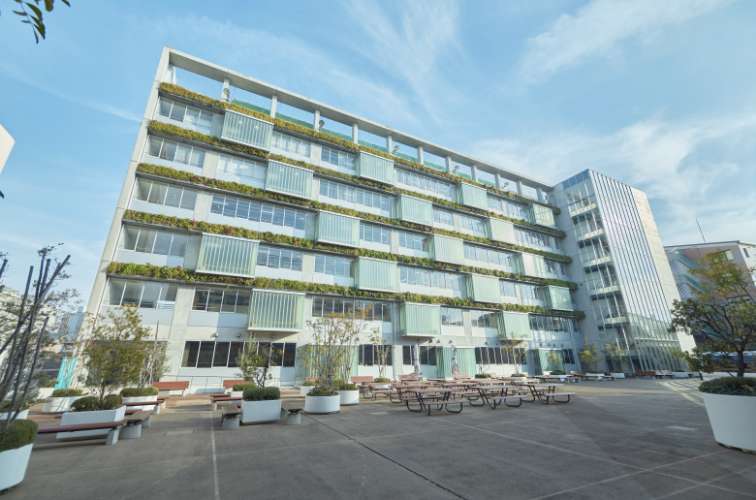
Building No. 9 Classroom Building
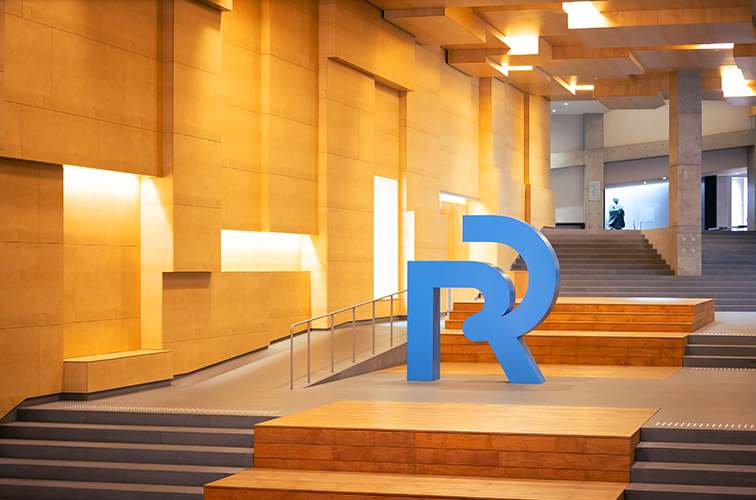
Grand Staircase Square (150th Anniversary Hall)
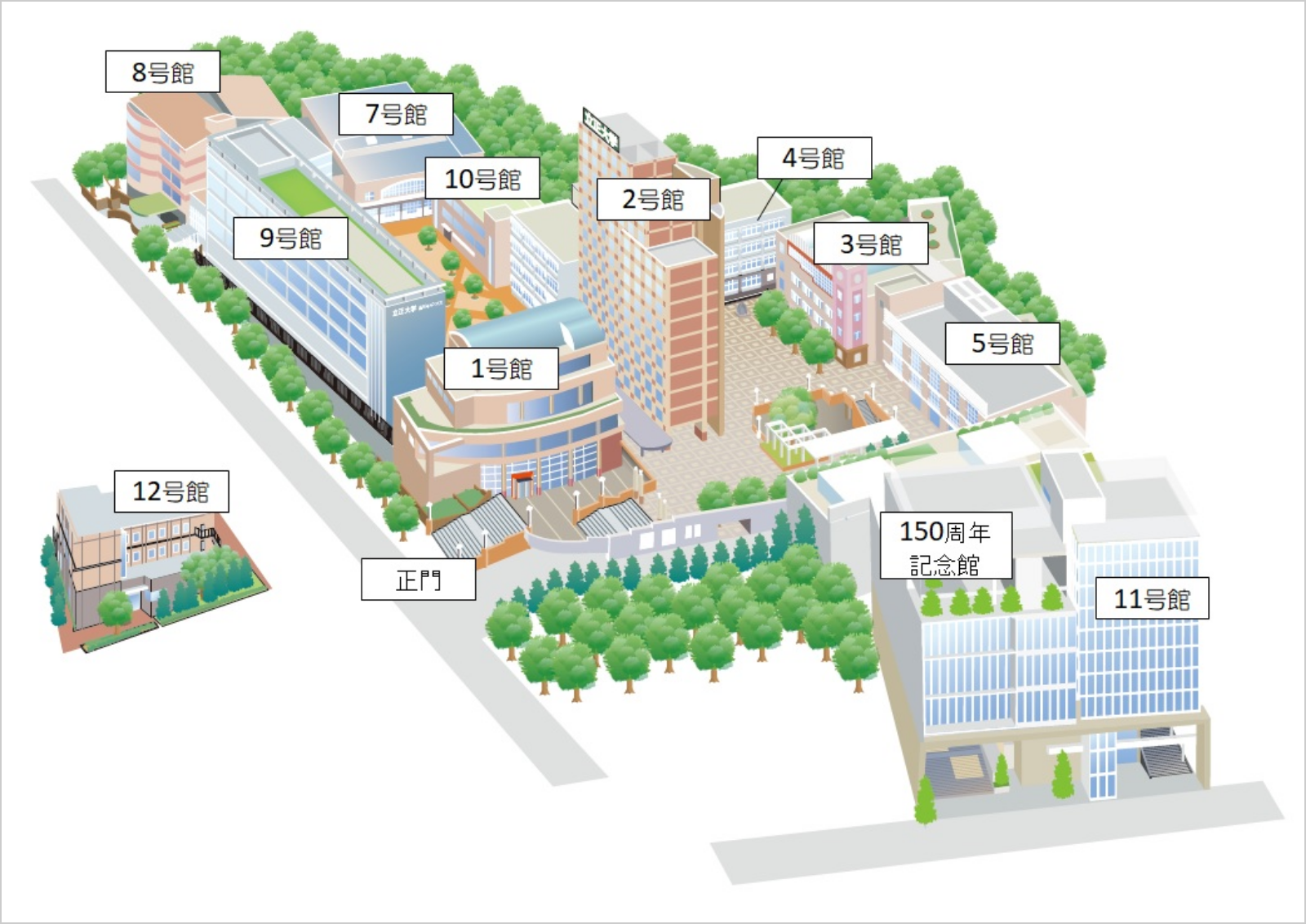
Kumagaya campus
The lush Kumagaya campus is located near Musashikyuryo Forest Park. The vast site of approximately 350,000 square meters, which is equivalent to eight Tokyo Domes, offers a rich learning environment, including twin-tower student dormitories and dedicated fields for various sports. Like the Shinagawa campus, we are promoting an eco-campus that has been certified by the Urban Greening Corporation (SEGES) in addition to the Clean Campus Declaration.
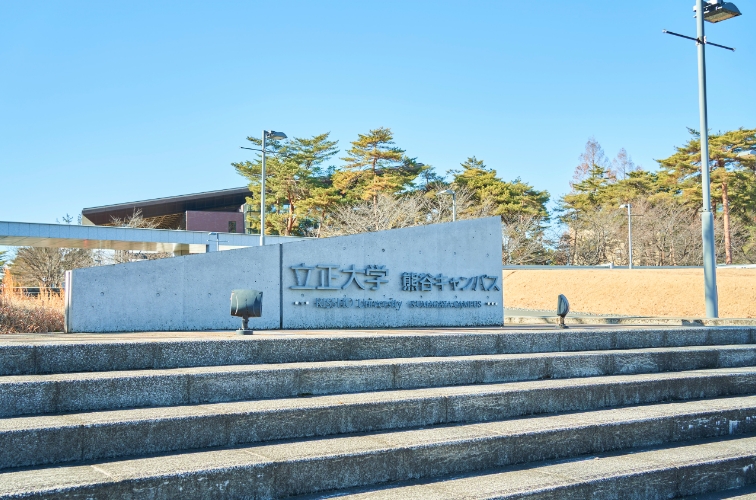
From the main gate of Kumagaya Campus
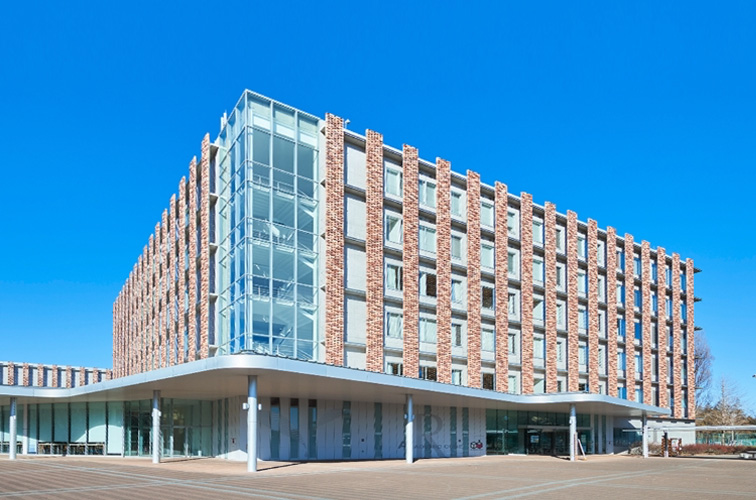
Academic cube (classroom building)
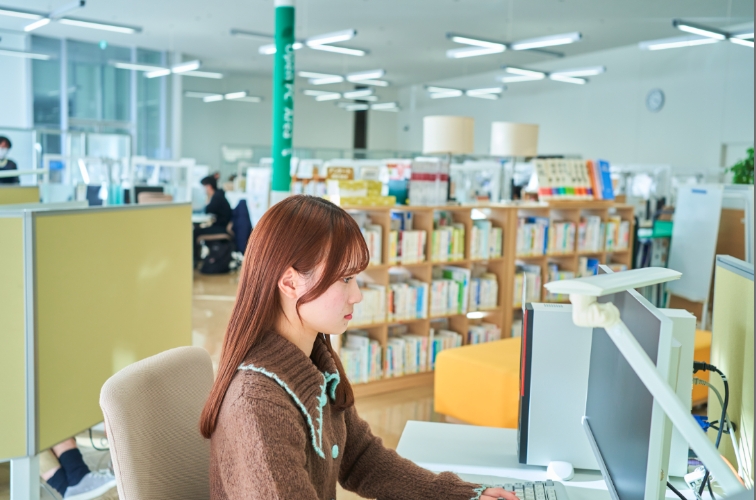
Kumagaya Library (Learning Commons)
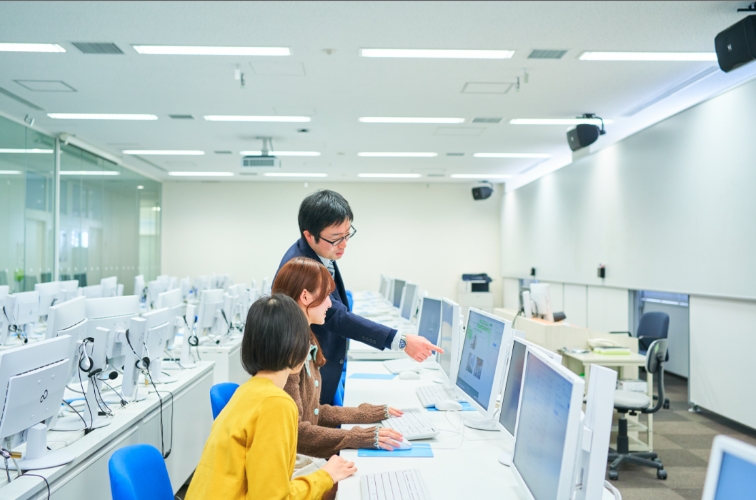
computer class
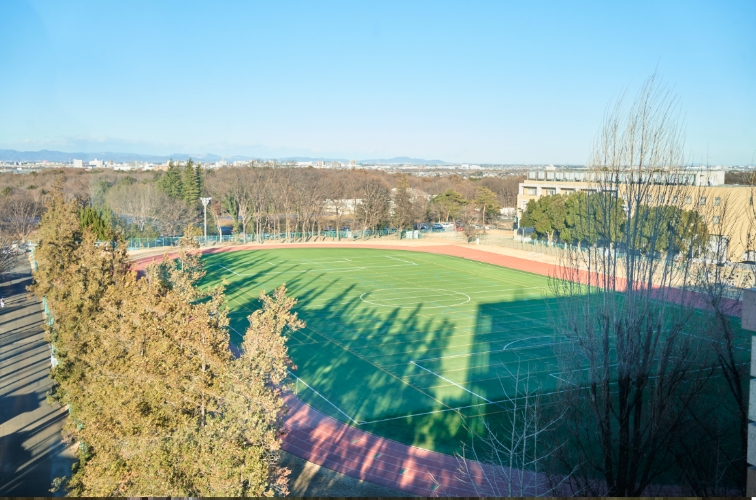
Kumagaya campus (track and field stadium)
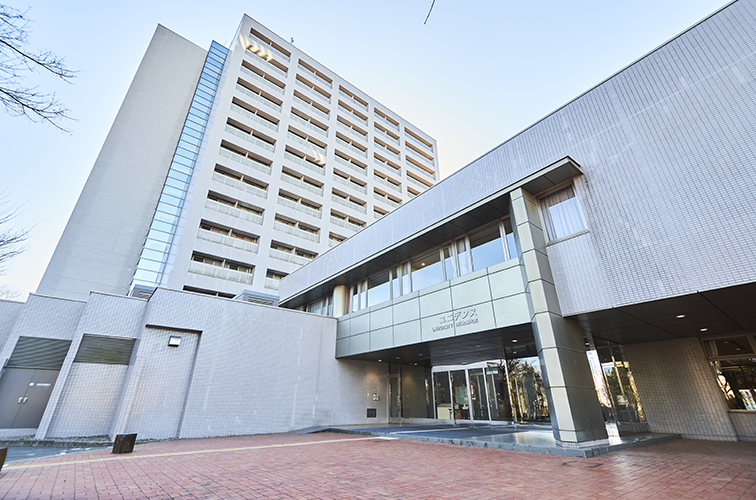
Unidens (student dormitory)
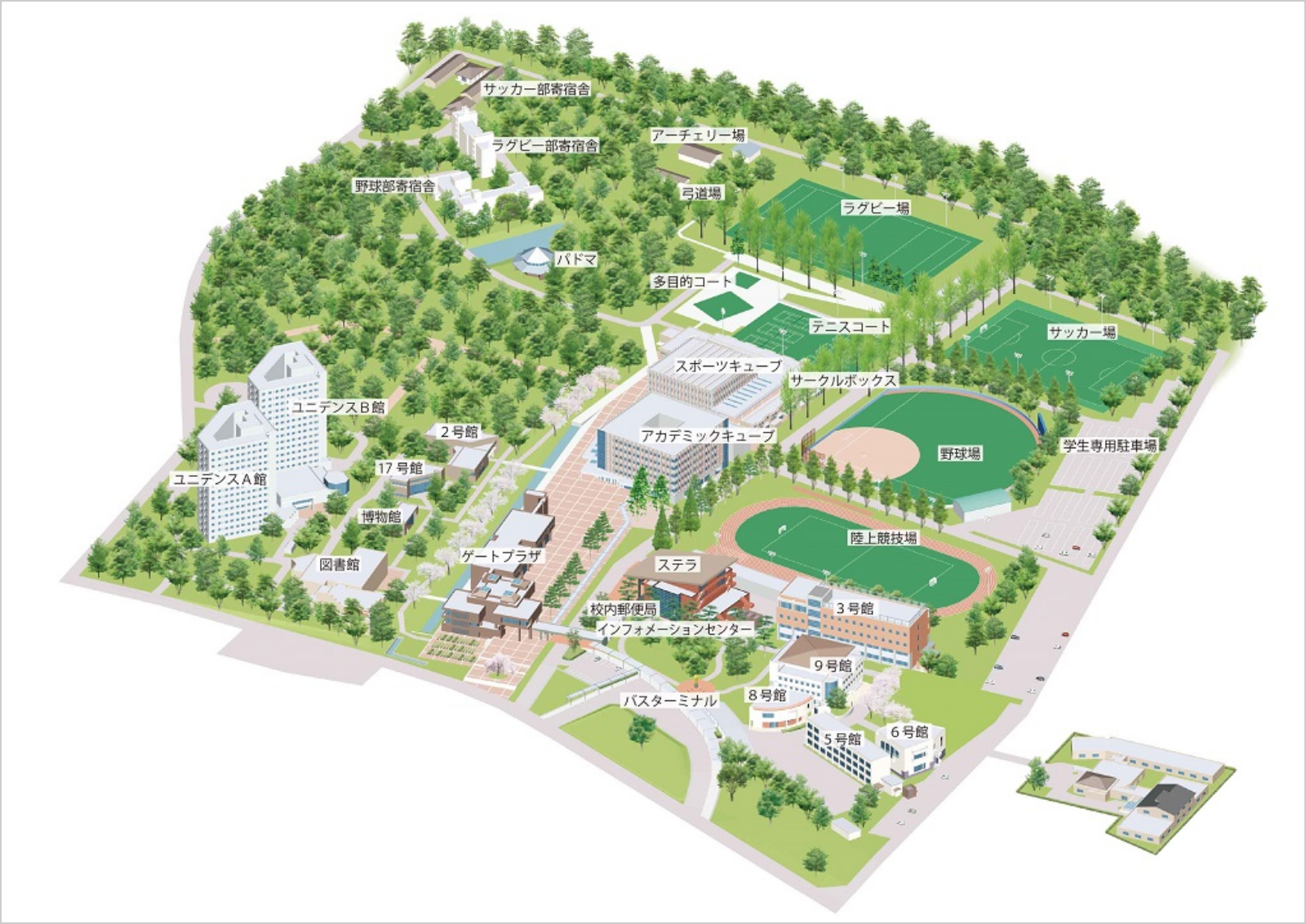
Other facilities
Center for Information and Communication Technology
Center for Information and Communication Technology 's mission is to develop the networks and various systems that are the backbone of university operations, as well as to conceive and provide an information environment that contributes to education, research, and learning in an advanced information-based, globalized society. Facilities such as the Learning Commons, learning spaces, and internet cafes on campus provide a variety of resources, including wireless LAN and other internet environments, Office software, teaching support tools, and e-learning materials, to support the education, research, and learning of users, including students and faculty, in many ways.
library
Rissho University Libraries are located on the Shinagawa and Kumagaya campuses, and each campus mainly holds materials in fields related to its respective faculties.
Shinagawa
We have a rich collection of books, centered on materials related to the humanities and social sciences, backed by the university's long history. Among the materials, we also have valuable Buddhist books, and in particular, we collect materials related to the Nichiren sect in a comprehensive manner.
Kumagaya
The Keiji Tanaka Bunko contains materials donated by the late Dr. Keiji Tanaka, a leading figure in geography. The library contains many valuable materials such as Japanese-bound books from the Edo period, prewar geography books, and old maps.
museum
Museums collect and store academic materials related to history, religion, art, ethnicity, industry, and natural history, and systematically display them.The museum also contributes to the development of education and research at universities by conducting research on these materials. The purpose is to contribute. Mainly exhibits are pottery from the Jomon period and materials excavated from ruins not only in Japan but also overseas. The facility is open not only to the university but also to the general public. Furthermore, it is used within the university as a place for museum practical training for students aiming to obtain museum curator qualifications.
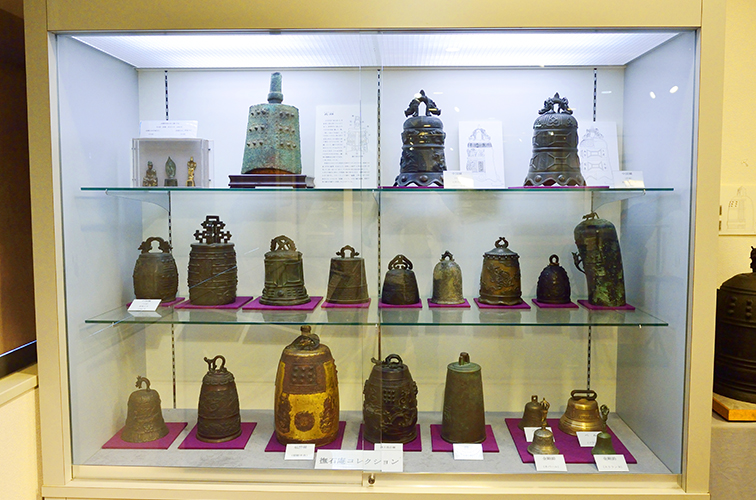
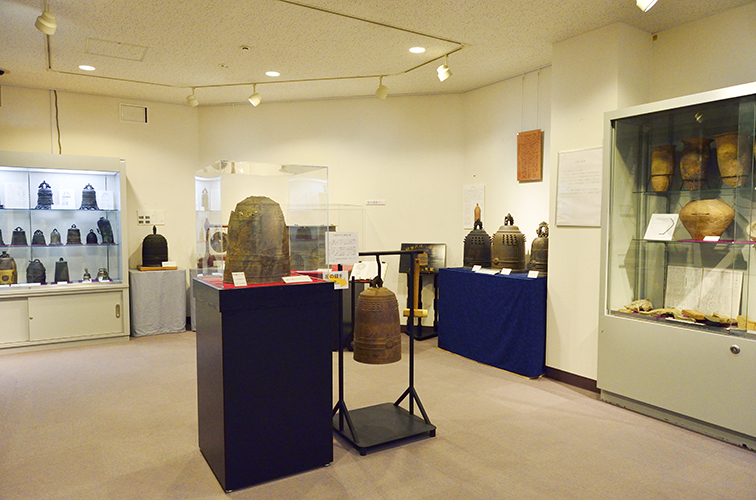
Volunteer Activities Promotion Center
The Volunteer Activities Promotion Center (commonly known as VolaSen) inherited the tradition of volunteer activities at the junior college, the predecessor of Faculty of Social Welfare, and was established in 2002 as an institution of the Faculty of Faculty of Social Welfare at the Kumagaya Campus, and was transitioned to a university-wide organization in 2021. However, since the center is only based in Kumagaya (as of 2023), we will continue to work on further enhancing it in the future.
lotus gallery
The 150th Anniversary Memorial Hall has been created as the new "face of the campus," conveying the essence of Rissho University.
It serves as a place for communication among many students, researchers, alumni, and local residents, and has a variety of functions, including classrooms and other learning spaces, cutting-edge and interdisciplinary research space, and an event hall.
Center for Psychotherapy and Counseling
Rissho University Center for Psychotherapy and Counseling was established on April 1, 2002 at the Osaki campus (currently the Shinagawa campus). The center serves as a mental health consultation center open to the public, as well as an educational and research institute within the university.
Childcare Support Center Bearis
A new facility called "Bearice" opened in Building 6 of Rissho University Kumagaya Campus on April 1, 2011. Flowers bloom in the nursery room and the large lawn garden, creating a charming space that will bring a smile to your face.
Childcare support centers provide a comfortable environment for parents who find it difficult to raise children due to the declining birthrate and trend toward nuclear families. Since opening, Bearis has been used by many parents and children, and every day is filled with the smiles of many fathers, mothers, and children.
Rissho Tachibana Home
Based on human dignity and social relief (the founding principles of Rissho University), our philosophy is to create a "living space" where each individual is respected, where they can receive support to become independent, and where they can live a life of peace and dignity. We also aim to train excellent welfare personnel and serve as a hub for supporting local welfare.
Located adjacent to the Kumagaya Campus, this facility is surrounded by lush greenery and is colored by the changing scenery of the four seasons. It provides a place where each individual can live safely 24 hours a day, 365 days a year, and a place for interaction where family and friends can easily visit at any time.
About earthquake resistance rate and earthquake resistance of facilities
Rissho University 's earthquake resistance rate is 100%.
Reiwa 7
The earthquake resistance rate is calculated using the following method based on the "Survey on the Actual Condition of Private School Buildings, etc." conducted by the Japan Private School Promotion and Mutual Aid Corporation.
Total total floor area of buildings that fall under 1.) or 2.) (numerator) / Total total floor area of facilities subject to the "Survey of Facts" (denominator)
- Buildings built on or after June 1, 1981
- Among buildings that were newly constructed before May 31, 1981, buildings that have undergone seismic diagnosis and have earthquake resistance performance or have been seismically reinforced.
Regarding earthquake resistance of facilities
The earthquake resistance rate is 100%.

